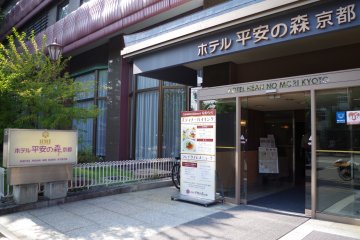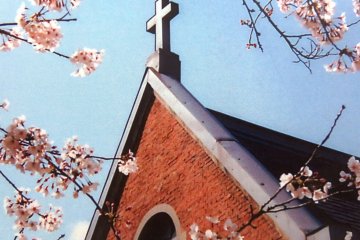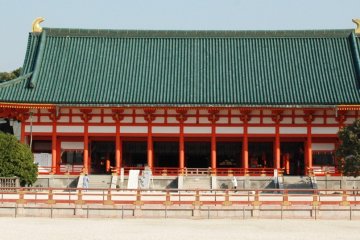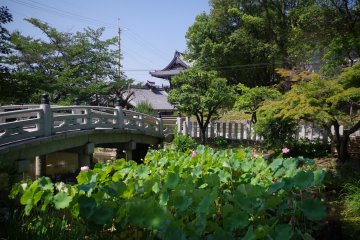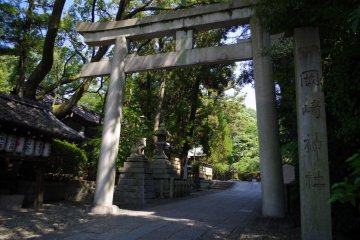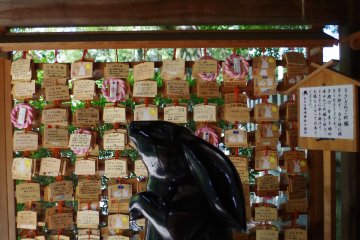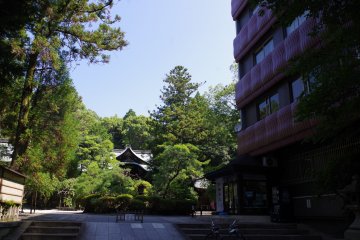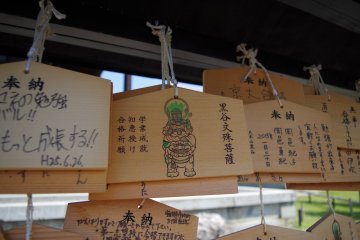In cities such as Kyoto filled with historical and religious sites at every corner, it is difficult sometimes to distinguish what you have seen, especially amongst buildings of similar periods.
When I was staying at Hotel Heian no Mori Kyoto, I went to Okazaki Shrine and Konkaikomyo Temple, both located less than ten minutes away from the hotel. Their closeness enables me to compare and learn the crucial differences between shrine and temple architecture apart from their religious origins.
Okazaki shrine is believed to be the East shrine along the four compass points when Emperor Kanmu moved the capital to Kyoto which was then named Heian-kyo. The shrine was built for protecting the Imperial Court in 794, and so the locality became known as Higashi-tenno (Eastern King) machi. The shrine was planned in a simple square layout, with the buildings at the edges, making it easy to navigate. In 1178 the shrine received an offering from the empress praying for a healthy child, and even today many people come here for the same reason, hence also the presence of many rabbit sculptures here. There is also a wedding room nearby, so during the auspicious days of the Japanese calendar the shrine is filled with flute music and ceremony from the many traditional weddings here.
After Okazaki shrine, I walked five minutes northwards to visit Konkaikomyo temple through the little alley next to the shrine. Konkaikomyo temple was founded in 1175, and is one of the eight head temples of the Pure Land School, which along with Zen and Nichiren are three of the more well-known schools of Buddhism in Japan. As it is the main temple for this neighbourhood, it is also known as Kurodani temple. A chain of houses and cemeteries divides Kurodani into a number of precincts.
Because of the hilly landscape, considerable size and its multiple purposes, the planning of this temple follows the orographic contours of the land. So the layout of the buildings in this complex is more scattered compared with Okazaki Shrine. It includes the site where Honen, the founder of the Jodo sect, stayed in 1175 to proclaim his new Pure Land teaching. And many tombs in its cemetery have a historical significance, like the tombs of the Aizu and Kuwana clan soldiers who died during the battle of Toba-Fushimi in 1868, a time loosely portrayed in the movie, “The Last Samurai”. Strolling around shrines and temples is one of the joys of staying in Kyoto. These two types of structures signify ancient architectural knowledge, as well as being a monument to visitors and scholars alike about the history of Japan, as well as how Buddhism has influenced its indigenous Shinto beliefs.



